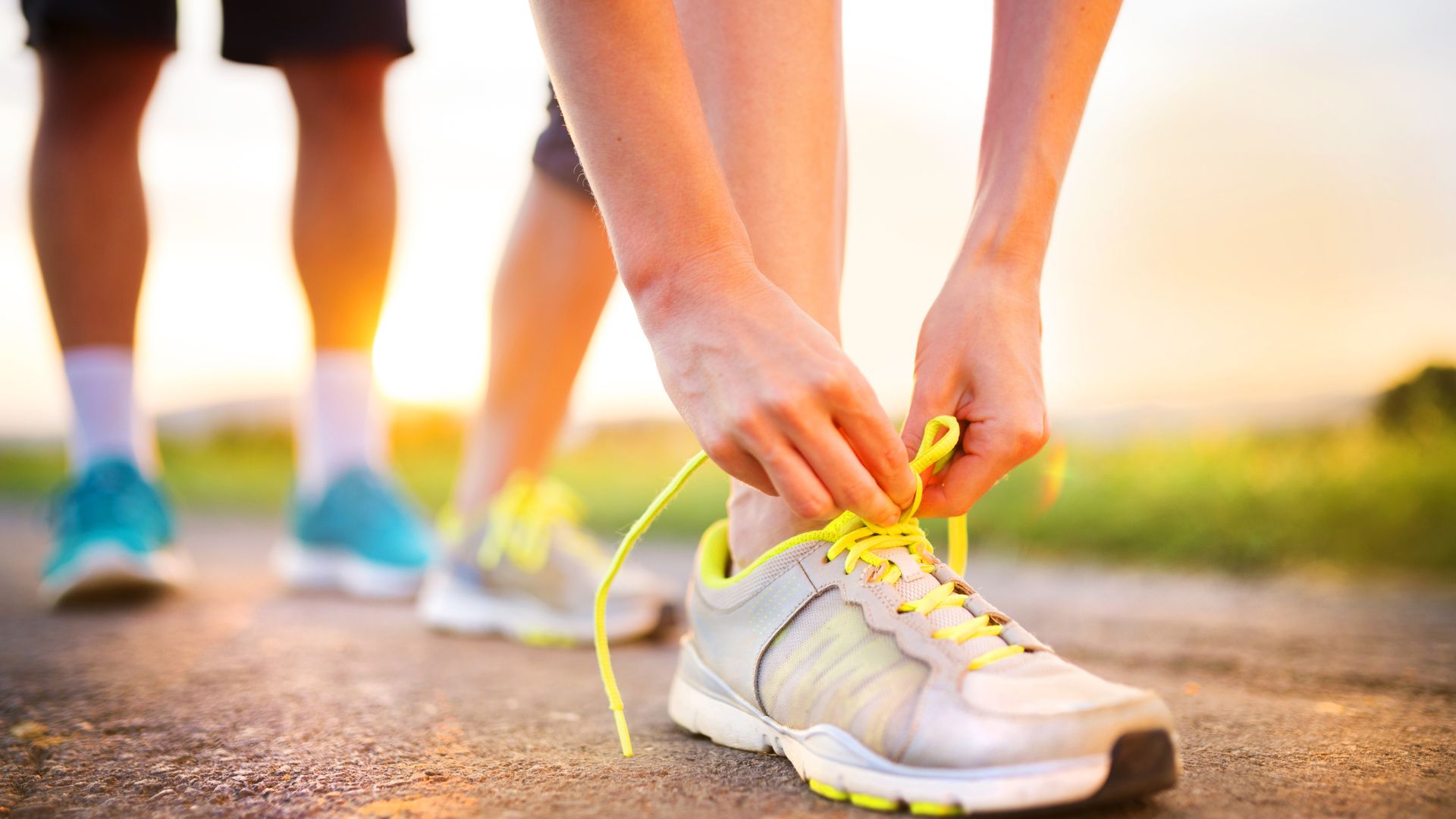Preventative Podiatry – Your Pathway to Optimal Foot Health
When it comes to our health, prevention is often the key that unlocks the door to a life of sustained well-being and vitality. This is especially true for our feet, the very foundation that supports us through every step of our lives. Preventive podiatry stands as a pillar of proactive care, steering us clear of the common pitfalls associated with foot-related discomforts and conditions. This approach isn’t merely about addressing issues as they surface; rather, it’s about charting a path that circumvents these problems entirely.
Central to this journey of prevention is East Gosford Podiatry — Well known for our outstanding quality and a refuge for those seeking the highest standard of podiatric care on the Central Coast. Since 2006, East Gosford Podiatry has carved out its reputation not just as a clinic, but as a cornerstone of community health, emphasising a family-oriented approach to foot care. Our team, celebrated for our profound experience and unwavering dedication, sees beyond the symptoms, focusing on holistic strategies that champion the cause of prevention. Our EGP mission transcends the confines of our clinic, reaching out to touch the lives of those in over 20 Aged Care facilities and Group Homes across the Central Coast, Newcastle, and Sydney regions. We embody the principle that everyone deserves access to exceptional podiatric care, whether through welcoming you to our clinic or at the comfort of one’s home.
Understanding Preventive Podiatry
Preventive podiatry stands as a forward-thinking branch of healthcare, dedicated to the belief that the best treatment is preventing the issue from occurring in the first place. It’s a realm of care that focuses on maintaining foot health through early detection, regular assessments, and the proactive management of potential foot and lower limb issues. The ultimate goal? To ensure that individuals can continue to walk, run, and move through life with ease and without pain.
At the core of preventive podiatry is the commitment to safeguarding the foundation of our body’s structure – our feet – by addressing minor issues before they escalate into major concerns. This approach not only enhances our quality of life but also mitigates the need for more invasive treatments down the line. From the tender steps of infancy through the golden years of maturity, preventive podiatry serves as a steadfast guardian of our mobility and comfort.
East Gosford Podiatry embodies this ethos with unparalleled dedication. As the Central Coast’s premier podiatry clinic, we offer a range of services designed to preemptively combat foot and lower limb issues. Our treatment spectrum is broad, addressing everything from common conditions such as ingrown toenails, bunions, and plantar fasciitis, to more complex diabetic foot care and sports injuries. This comprehensive approach ensures that regardless of age or lifestyle, the community has access to exceptional podiatric care that prioritises prevention as the path to optimal health.
Preventive podiatry at East Gosford Podiatry is not just about treating feet; it’s about caring for people. It’s about a team of experienced and caring professionals who believe in making a difference, one step at a time.



